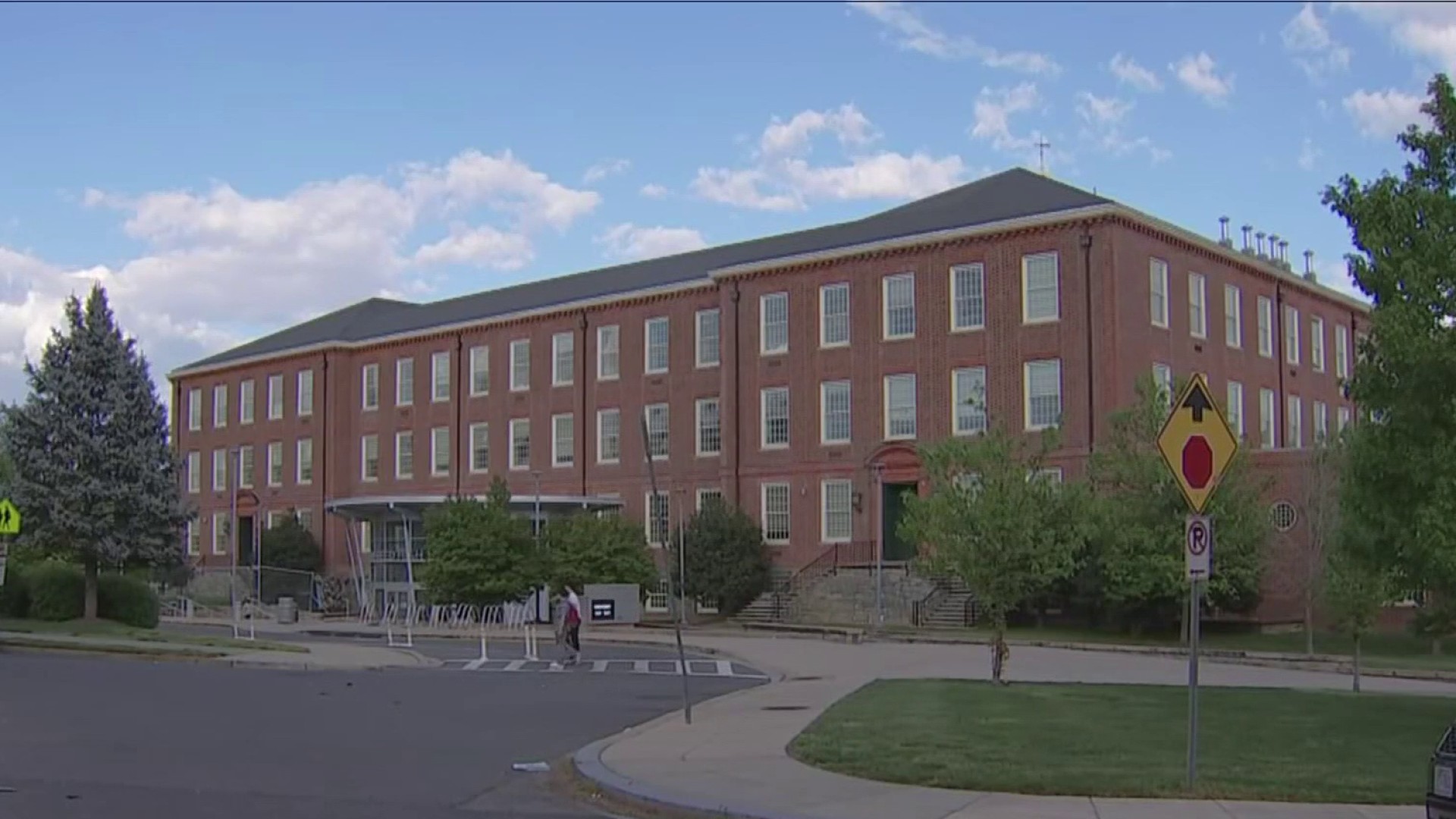Nearly everyone who will be hospitalized locally due to the novel coronavirus will likely enter through an emergency room, many already overburdened even before the current crisis. And some changes are happening to try to ease the wait.
A visit to the ER has been a fact of life for Katie Carney, who’s a mom to six children. She’s made three trips in the past few years.
“You’re trying not only to entertain them but also make sure they stay calm, especially when procedures have to be done,” she told the News4 I-Team.
She knows getting her kids healthy again can always mean a healthy wait, especially now.
“Two in the morning is a lot faster than six o’clock at night,” Carney said. “But if you go to the ER, expect to be there for three or four hours.”
Montgomery County Fire Chief Scott Goldstein knows this all too well.
“The emergency rooms in the county are traditionally and frequently busy,” he said.
Local
Washington, D.C., Maryland and Virginia local news, events and information
And that can tie-up his EMS teams, which must remain with patients until they’re triaged.
“We have to stay with the patient until the patient’s care has been transferred to the hospital staff,” he said.
To free up teams amid a pandemic, the county fire department has begun asking patients for permission to drop them at urgent care facilities if their injuries appear less severe.
At Adventist HealthCare Shady Grove Medical Center in Rockville, they’re reducing crowding and waits in the ER by opening a patient space outside. There they’re able to screen patients for respiratory symptoms, emergency department physician Dr. Joel Buzy says.
Coronavirus Cases in DC, Maryland and Virginia
COVID-19 cases by population in D.C. and by county in Maryland and Virginia
Source: DC, MD and VA Health Departments
Credit: Anisa Holmes / NBC Washington
“We can treat them, assess them and hopefully release them without them ever having to come into the hospital,” Buzy said. “And that relieves the burden on the emergency department.” Another change includes some patients being transferred out of the ER to a different hospital bed while awaiting test results.
“We usually would wait for those tests to come back before admitting someone to the hospital. Now we get the tests ordered and get them to a hospital bed and get them out of the ER more quickly,” said Buzy.
A review of internal Maryland state records by the News4 I-Team shows why local medics are concerned about local emergency rooms. In November, weeks before the outbreak began in China, at a meeting of the Maryland Health Commission, members said, “Emergency room overcrowding raises significant concerns about hospitals’ ability to routinely accommodate patients needing urgent medical care, as well as critically ill patients, and to respond effectively during a mass casualty incident or epidemic.” Federal studies also show the waits at ERs in D.C. and Maryland are among some of the longest in the nation. Virginia fares better.
“ER wait times are a function of many things,” said Bob Atlas, president and CEO of the Maryland Hospital Association. He points to three reasons that have had an impact, including an opioid crisis causing overdoses, a shortage of medical professionals and patients seeking emergency treatment who don’t need it. Fortunately, it appears that last issue has eased over the past few weeks.
“People have been taking the advice to stay away from the hospital emergency department if they’re not truly sick,” Atlas said.
In Virginia, hospitals told the I-Team they’re restricting visitors in the ER, issuing masks to patients and keeping those with possible COVID-19 symptoms in designated spaces.
Reported by Scott MacFarlane, produced by Rick Yarborough, and shot and edited by Jeff Piper.



